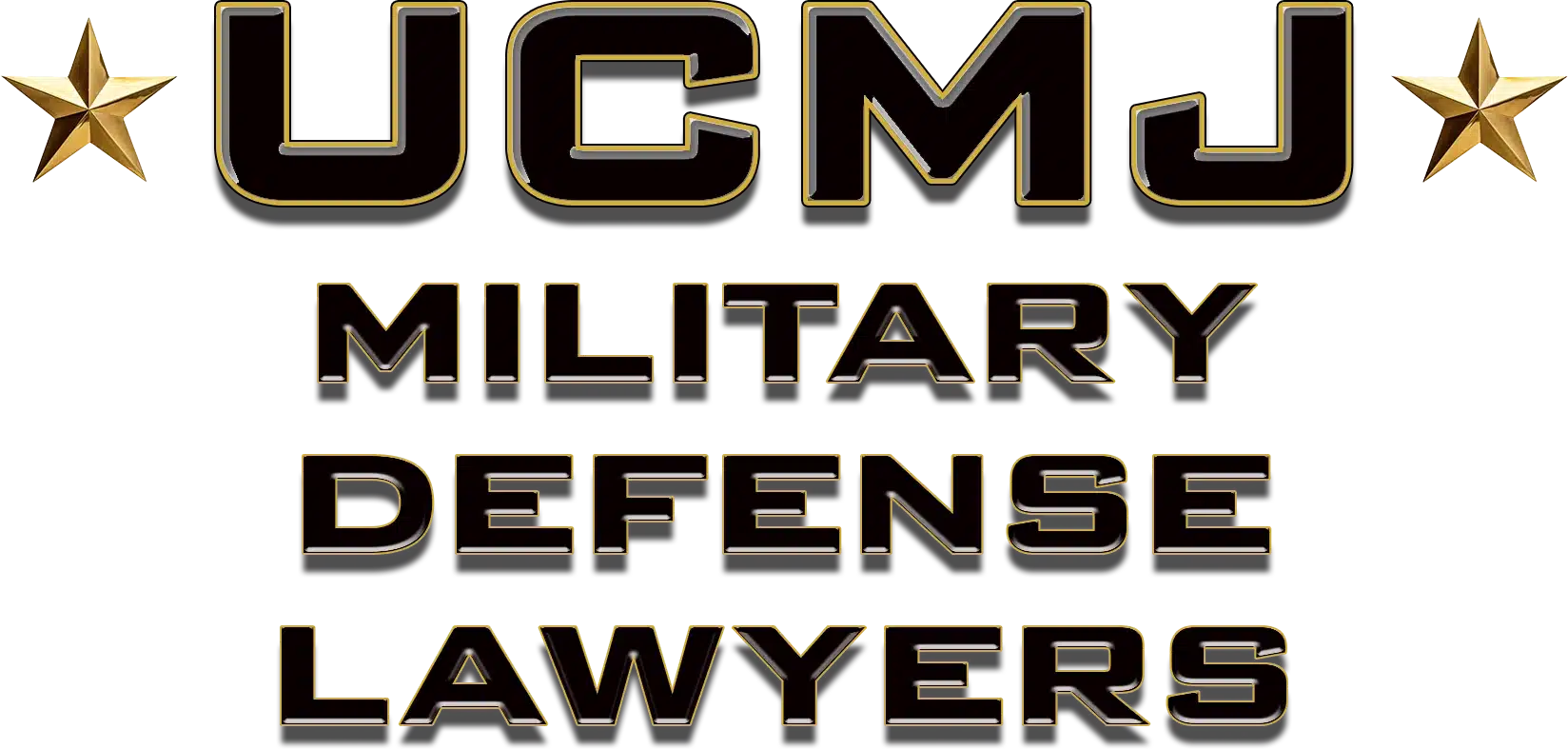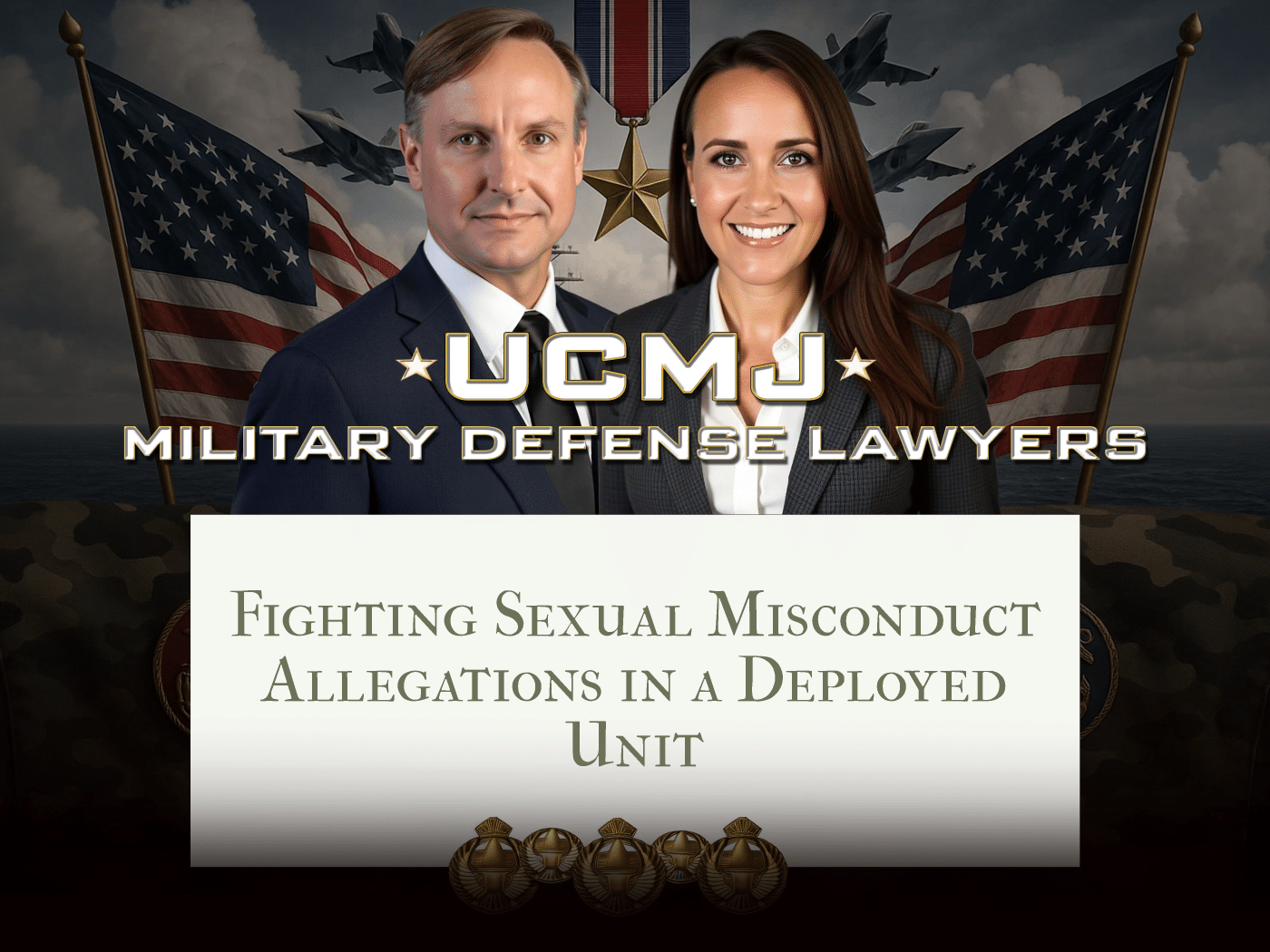Facing a sexual misconduct allegation while deployed can be an incredibly overwhelming and isolating experience. Service members often find themselves in unfamiliar environments, under immense stress, with limited access to legal counsel and support services. These conditions make navigating a proper defense far more complicated than in a civilian setting. Deployed Sexual Misconduct Defense is an essential legal strategy that protects those accused in military environments and ensures their rights are upheld, no matter where they are stationed. In emotionally charged environments like deployed bases, even unsupported accusations can jeopardize careers, reputations, and futures. This type of defense requires a keen understanding of military law, experience with field conditions, and a commitment to pursuing justice carefully and fairly. At its core, it’s about ensuring that due process applies equally in forward areas as it does on home soil. Whether you or someone you know is facing allegations abroad, understanding how to respond and where to turn is critical. This article walks you through the process and offers strategies to defend against these difficult charges.
Understanding What Deployed Sexual Misconduct Defense Really Means
Deployed Sexual Misconduct Defense refers to a military legal strategy designed to protect the rights of service members accused of sexual misconduct while deployed overseas or in operational assignments. These types of cases can be especially challenging because of the remote environments, lack of immediate access to defense resources, and highly structured chain of command.
For example, a soldier in a joint task force overseas may be accused of misconduct based on an incident during off-duty hours. In another case, a service member working with allied forces may face a misunderstanding stemming from cultural differences and communication gaps. The allegations might arise from consensual encounters that are later disputed or from events that occurred in high-pressure situations where context can be lost.
Deployed Sexual Misconduct Defense ensures that the accused is given a fair chance to present their side and is protected under the Uniform Code of Military Justice (UCMJ). It’s not only about challenging the charges but also navigating the unique environment of a military deployment, where assumptions and perceptions can greatly impact outcomes.
Why Defense Strategies Matter in Sexual Misconduct Allegations While Deployed
The seriousness and sensitivity of sexual misconduct allegations can have an amplified impact during deployment. A defense is essential not only for legal purposes but for preserving morale, professional integrity, and mental well-being. Deployed service members face unique barriers, such as restricted communication, lack of privacy, and rapid investigative procedures that can speed up accusations before a full picture is understood.
When unproven allegations start affecting command decisions, immediate action can result in irreversible damage. That is why having a defense team with knowledge of deployed legal systems can mean the difference between an unfair dismissal and a justified acquittal. Below are a few real-world examples that show why this defense matters:
- Scenario 1: A Marine is accused of misconduct after a misinterpreted comment. Without adequate defense, he’s relieved of duty and flown back home. Consequence: Career derailment despite no formal charges.
- Scenario 2: An Army officer is falsely accused during joint operations. The lack of immediate legal resources leads to pretrial confinement. Consequence: Emotional trauma, unnecessary isolation, and stress on family.
- Scenario 3: A Navy petty officer experiences coercion to admit guilt to “protect the unit.” Consequence: Dishonorable discharge and loss of benefits without a fair trial.
Breaking Down How Deployed Sexual Misconduct Defense Works Around the Globe
- Step 1: An allegation is made, often verbally at first. Command typically launches a preliminary inquiry and may notify the service’s legal team (JAG).
- Step 2: The accused may be isolated or sent home during the investigation. Statements are collected from witnesses and reported to higher authorities for review.
- Step 3: If charges proceed, Article 32 hearings or trials may be scheduled. A strong defense team will challenge weak evidence, cross-examine testimonies, and build the defense — often remotely at first.
Top Expert Recommendations for Managing This Type of Legal Defense
Your Questions Answered About Defending Sexual Misconduct Accusations During Deployment
How Gonzalez & Waddington Helps Clients in These Unique Situations
Gonzalez & Waddington is a legal team with decades of experience defending service members facing criminal charges in deployed and combat zones. They understand how the pressures of deployment can create misunderstandings that escalate into life-altering allegations. Their attorneys have represented clients at bases worldwide and have successfully achieved dismissals, acquittals, and reductions by leveraging their unique understanding of the UCMJ and military culture. Clients rely on their discretion, aggressive defense style, and global reach. More importantly, Gonzalez & Waddington equips clients with confidence, ensuring they have a dedicated advocate fighting to preserve freedom, career, and dignity. Their strategic approach adjusts to any environment—whether you’re stationed at sea, abroad, or in a joint operating base. They offer clarity, commitment, and powerful defense even when home is half a world away.



